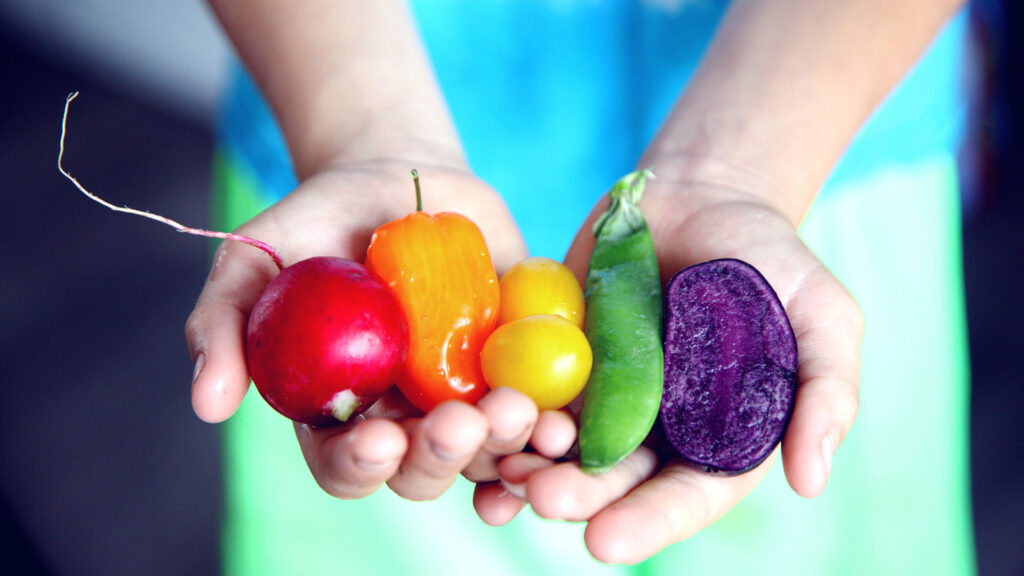This is first of the series of articles focusing on growing food in interior Alaska.
At best it is a challenge. Fairbanks is the second largest city in Alaska, and is known for short, sunny summers and long, harsh winters. outdoor growing season to be from early June to mid-to-late August. Some years the weather is favorable enough to begin outdoor growing in mid-to-late May, however, unpredictable, late frosts and even late snowfalls encourage local gardeners to be cautious and not to begin outdoor planting until early June. This short outdoor growing season requires Interior gardeners to be more aggressive in starting their plants indoors around six to eight weeks before their desired transplant date to ensure good yields.
However, food has been grown in interior for years. Some of the effort is more structured, some more industrious, and then some is a small scale opration that produces enough to sustain a family and also share. Most all the farming currently in Fairbanks and interior Alaska is organic, i.e., pesticide free, chemical free.


Structured examples are greenhouses. There are several large operatins in interior, Hawks, Risse’s, Plant Kingdom, Ann’s, Holm Town, and others.
Industrious examples are farms that produce every vegetable one can grow in interior. They do it large scale as they provide produce to restaurants, co-op market and sell at farmers markets.
Small growers focus on a footprint that is small, maybe mangeable by a fewer people and it might focus on a specialized crop, like turnips, or potatoes.
Post season, the issue of storage is critical. We can not store produce or over winter it as is. Some vegetables can be over wintered, these are root vegetables like, potatoes, carrots, onions, parsnips, turnips etc.
Regardless, its all happenning in the VERY SHORT season from early May to late September. Growers, farmers and gardeners must contend with short growing seasons. All growers deal with soil issues, insect infestations of various types, and unhappily cooler temperatures, or too hot temeparatures. They could be faced with mid-season frost.
It’s the tenacity and dogged persistence of the growers that in unrecognized or thought of as we gleefully bring home fresh, vibrant produce home from the farmers markets or stores that carry local produce. The hours and hours of toiling that goes into food production, and here I refer to produce only, is impressive. It’s a full-time job that spans 12-14 hours a day.
Growing food all over the country is nothing compared to growing food in interior Alaska. Its more challenging than growing food in Southcentral or Southwest or Southeast Alaska.
The tenacity, the dogged determination pays off when we see the beautifully vibrant vegetables, the herbs and greens. It’s all organic, healthy, and so very tasteful.
When you go get some fresh produce this summer at the market, think of the growers and then thank them for bringing fresh healthy food to your table.
